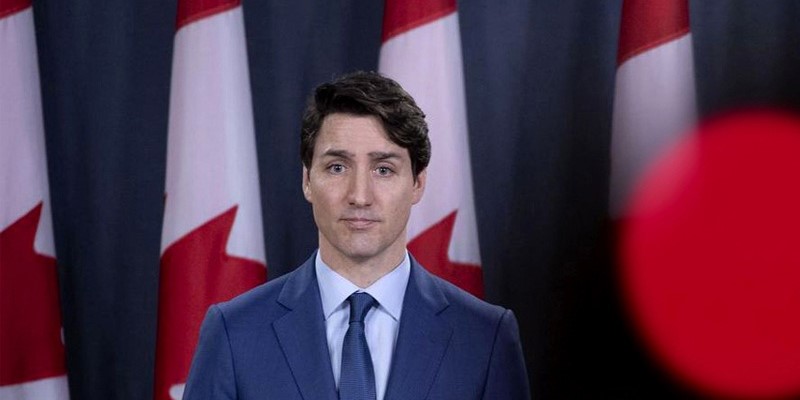Ottawa’s super-charged EV obsession reaches new heights

Every week, it seems, we get another report revealing the deep thoughtlessness and fiscal recklessness of Ottawa’s electric car and electric-car battery fixation. For example, the Parliamentary Budget Officer recently asked how long it will take for the federal government to see a return on the $28.2 billion of production subsidies to EV battery-makers Stellantis and Volkswagen. The answer—about four times longer than government originally claimed.
Remember, Prime Minister Trudeau said the “full economic impact of the project will be equal to the value of government investment in less than five years.” But according to the PBO, it will take 20 years, not five years, to merely recover the money the government “invested” on behalf of Canadians. There’s no actual profit to be had at that point.
Why the discrepancy?
To figure that out, the PBO looked into the government’s modelling used to generate its “five-year” payback scenario and found that the government’s estimate included numerous assumptions about other investments (and assumed production increases) outside the direct battery-making process including assumed capability in battery-material production, which is shorthand for mining and refining of critical metals and minerals needed to make EV batteries. Of course, this is a notoriously uncertain proposition given Canada’s dismal performance in bringing new mining-related infrastructure projects with EV-battery potential to fruition.
In fact, as the PBO notes, of the total “investment package” government modelled in calculating its “payback” date, only 8.6 per cent was directly related to battery production at the Volkswagen plant. More than 90 per cent was based on assumptions about developments outside of the subsidized battery-makers purview or control.
By contract, the PBO’s modelling of the investment cost-recovery focused only on “government revenues generated by cell and module manufacturing, upon which the production subsidies are based.” And unlike the government’s analysis, the PBO analysis starts when production is actually expected to begin at the new battery plants, which is not until sometime next year.
And yet, the PBO analysis remains quite generous as it excluded “public debt charges that would be incurred to finance the production subsidies” and simply accepted estimates of production capability by Stellantis and Volkswagen.
Clearly, the Trudeau government’s EV crusade is textbook bad public policy where the government attempts to pick winners and losers in the economy, in this case dependent on fanciful scenarios of future developments in global markets far outside Canada’s control. The crusade is also out of step with developments in the largest likely market for Canadian EVs and EV products—the United States, where car buyers are increasingly rejecting EVs despite heavy subsidies and massive government spending initiatives to promote EV manufacturing.
Governments in North America have been trying to push EVs over internal combustion vehicles for 30 years now, and it has not worked. EVs have consistently failed to compete with combustion vehicles on performance and cost, and failed to win broad consumer support despite oceans of government subsidies for manufacturers and buyers alike. It’s long past time for government to take off its rose-coloured glasses on the EV transition. There are better uses for government’s time and money. Getting people’s food and housing costs down, for example, might be a good place to start.
Author:
Subscribe to the Fraser Institute
Get the latest news from the Fraser Institute on the latest research studies, news and events.

